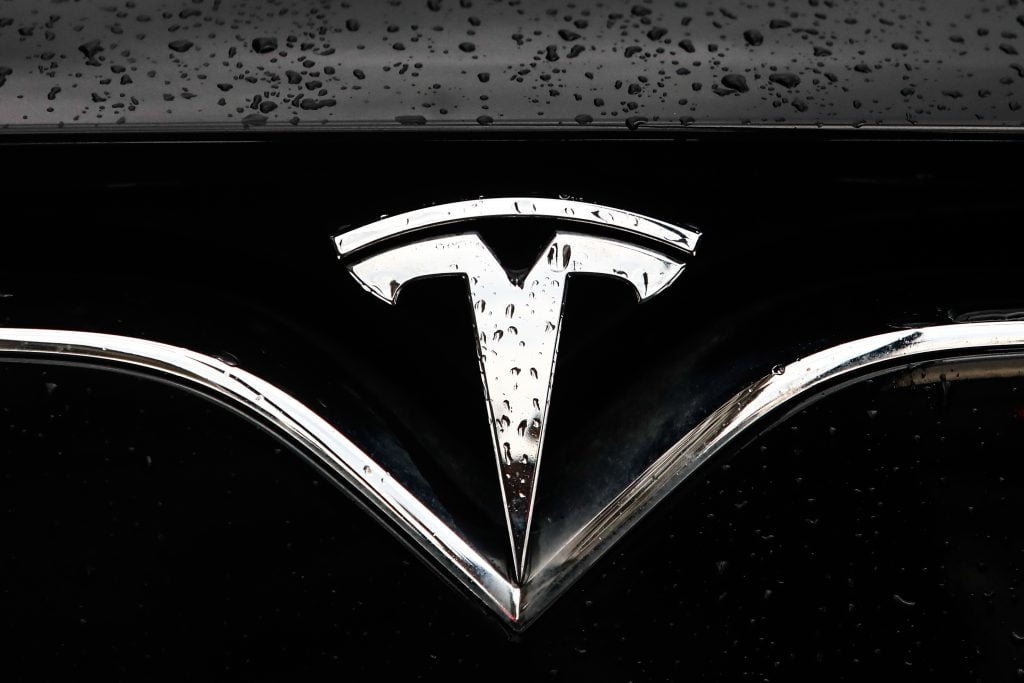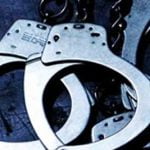
Tesla could roll out its most advanced automated driving feature to all U.S. owners as early as this month, as chief executive Elon Musk ignores mounting pressure from the country’s traffic safety regulator to rein in the technology.

The world’s most valuable carmaker has aggressively pushed the boundaries of what is possible ever since it launched last October its “autosteer on city streets” function to a small group of Full-Self Driving (FSD) early access users who are testing a beta version.
This feature allows drivers to take their hands off the steering wheel while the car pilots itself around city streets using only its cameras to navigate a highly complex environment with pedestrians, pets, bikers, and other traffic participants. Since it is merely an assistance tool rather than a true autonomous self-driving system, liability remains at all times with the driver in the event of an accident—rather than being transferred to Tesla.
The FSD beta nonetheless triggered a flood of YouTube videos documenting the progress the carmaker achieved from one iteration of the software to the next, sparking demands from owners across the world that paid as much as $10,000 for FSD to be given access as well.
Musk took to Twitter to say the hotly anticipated digital button, which would offer all FSD customers in the U.S. the choice to opt into the beta, should come before the end of September. Other countries will have to continue waiting for an indefinite period of time, even if consumers purchased the expensive feature.
The Tesla CEO has been notoriously overoptimistic when it comes to launch dates, however, with one owner joking that he named his Model 3 “Two Weeks” after all the missed promises made by Musk—claims that typically entail new features supposedly coming in a fortnight.
The same day the centibillionaire broke the news of the FSD beta rollout, he also postponed the launch of the next-generation Roadster sports car—unveiled in 2017, with a promised launch three years later—to 2023 at the earliest.
Musk cited global supply-chain chaos as the reason for the most recent delay of the showstopping “halo” model, which was touted as capable of driving 1,000 kilometers (621 miles).
The FSD beta has not been without its fair share of critics. Musk’s willingness to expose his customers to risks usually reserved for professional test-drivers—while leaving them with the liability in the event something goes wrong—has been a hallmark of Tesla’s approach for years and is symptomatic of Silicon Valley startups that often put a premium on disruption with little regard for collateral damage. A rare exception to this rule was Uber, which shut down its autonomous driving program in 2018 after a fatal accident.
Following a spate of high-profile accidents, the U.S. National Highway Traffic Safety Administration (NHTSA) sent Tesla a catalog of demands for information, to be met by Oct. 22, about FSD and the more basic Autopilot feature that comes standard in every car.
Edward Niedermeyer, a well-known Musk critic and author of a book on Tesla, said signals were piling up that President Joe Biden is taking a more robust approach to regulating the carmaker than the more libertarian Trump administration.
With the introduction of FSD Version 9.0 this summer, Tesla announced it had begun eliminating radar sensors on its U.S. cars as it switched to a camera-only vision system for detecting its environment. Safety advocates have pushed the need for redundant hardware systems when a vehicle is sensing its surroundings, however. Most industry experts believe that including expensive, high-resolution laser scanners such as lidar (a kind of laser-based radar) is important for preventing accidents—for example, when a car’s visual camera is temporarily blinded by sunlight.
Separately, Bloomberg reported sources as saying Tesla halted some operations at its factory in China for four days last month owing to shortages of critical components, but that production had since returned to normal.
[“source=fortune”]



